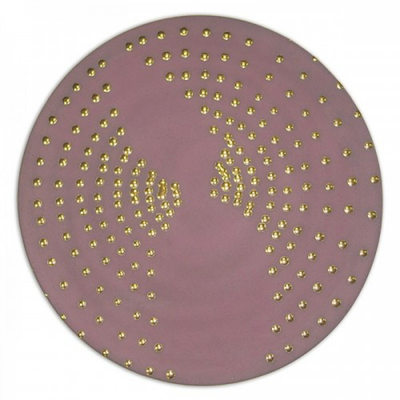
Zyklop Rot, 1984
- Inches
- Centimeters
- USD
- EUR
- GBP
Hand Signed - Numbered
- Recently Added
- Price (low-high )
- Price (high-low )
- Year (low-high )
- Year (high-low )
Seek an Artwork by Otto Piene
If you are searching for a specific piece by Otto Piene, let us know what it is, and we will explore our network to find matches. Our goal is to assist you in discovering artworks that align with your interests.
What is the Zero Movement?
Group of artists founded by Otto Piene and Heinz Mack ready and willing to develop and become a large International/ cross-border art movement. The word Zero came from a magazine that was founded by Heinz Mack in 1957. It lasted for a few years before its publication ceased in the year 1967.






















